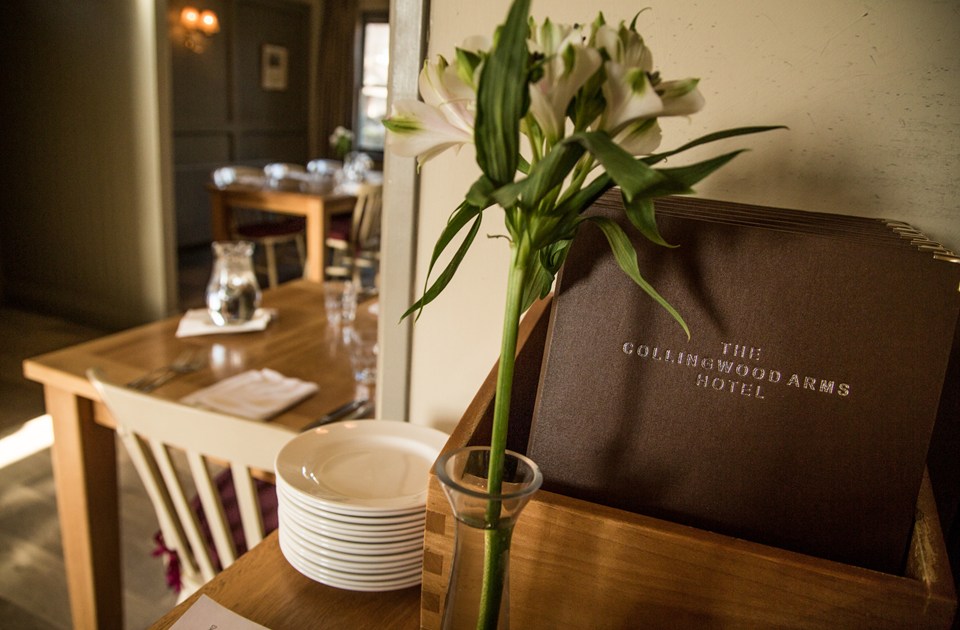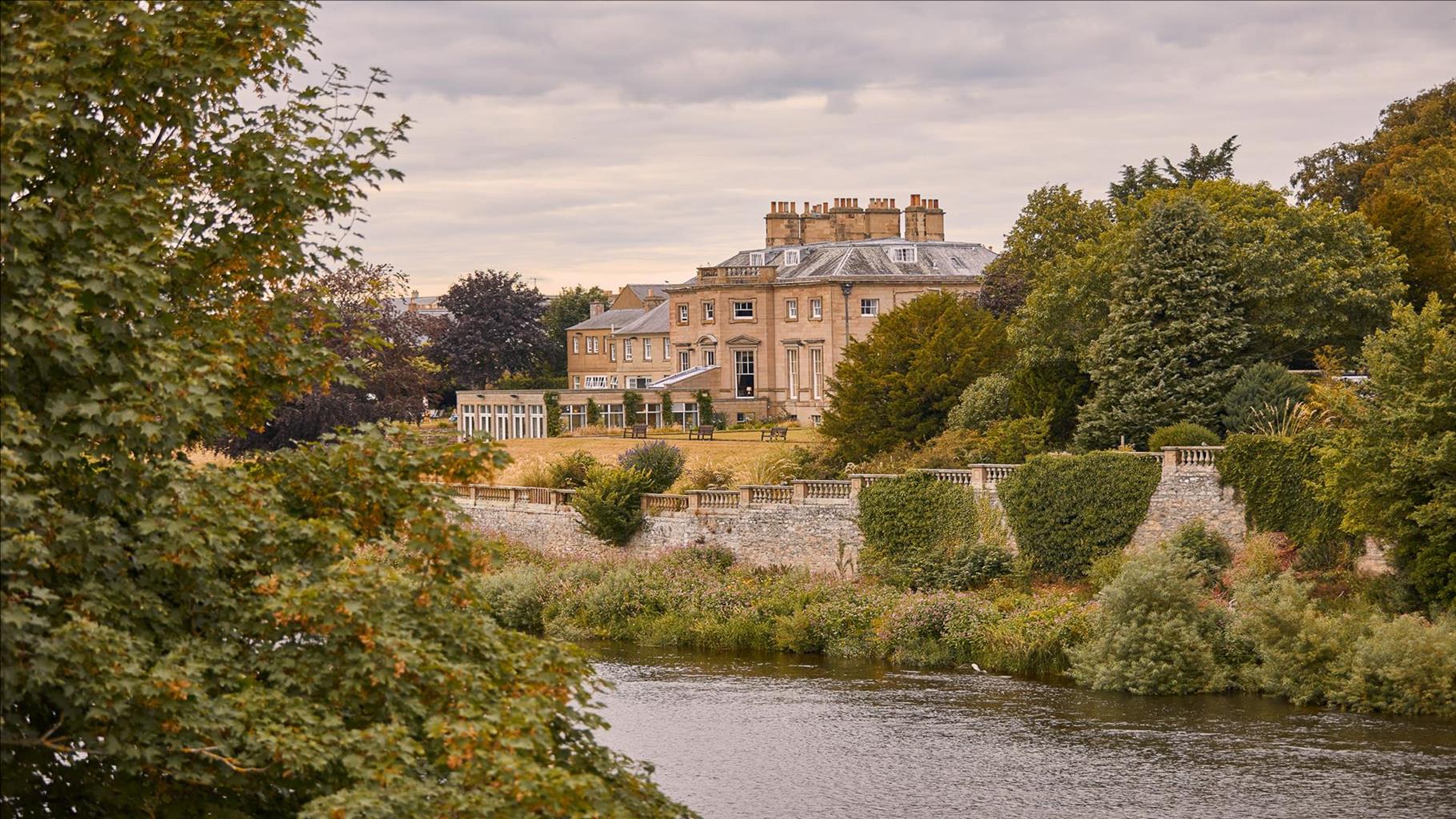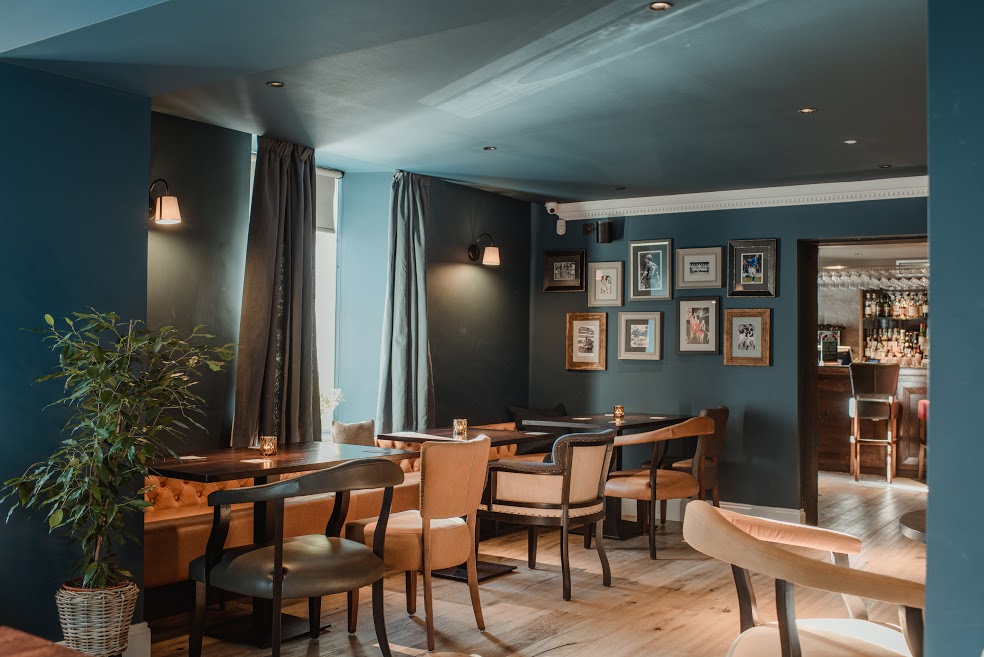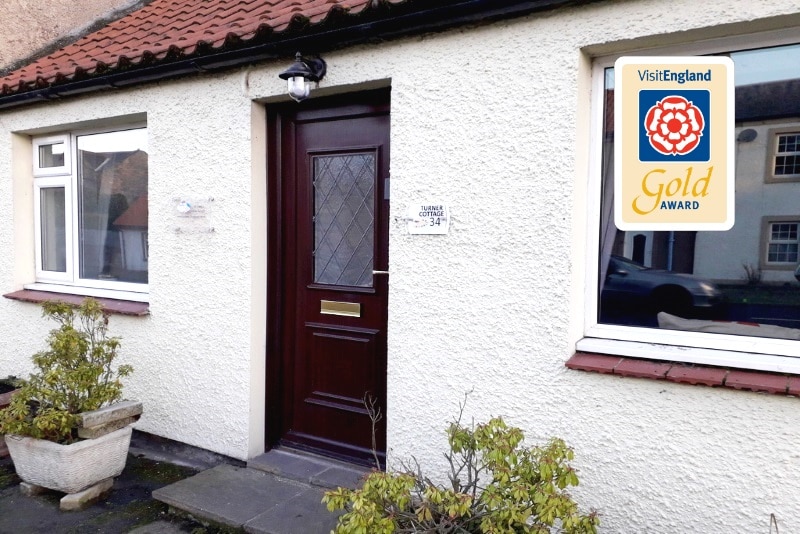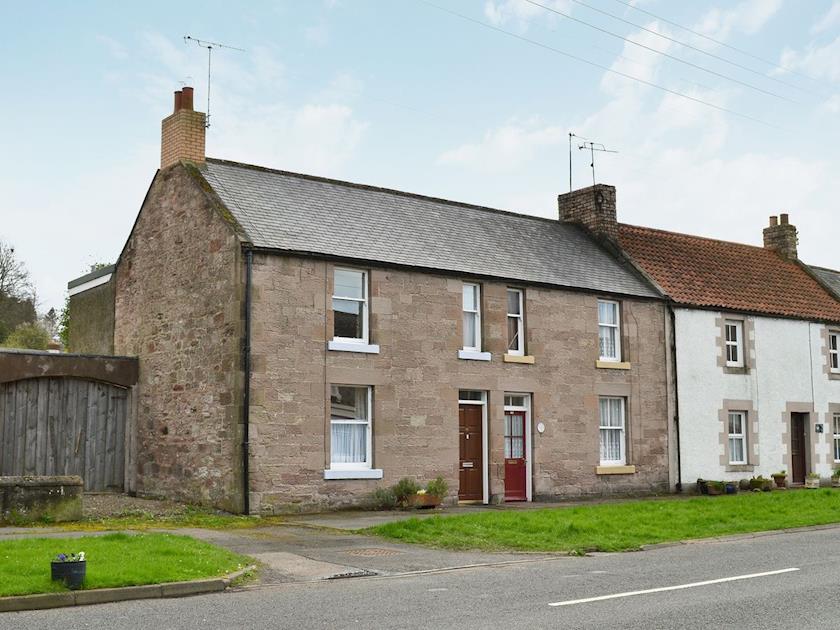Specialists in self-catering holiday accommodation for two people or an individual guest in the…
Exploring the Duns Castle Estate

4.5 miles (7.2kms)
About the walk
Truth, as Oscar Wilde observed, is never pure and rarely simple. The same might be said about some landscapes, as this intriguing walk makes plain. Along the way, you will come across a fascinating record of the past from prehistoric earthworks to a castle that is still a lived-in home. But almost nothing that you see is quite what it appears. Enigmas and legends enshroud the ancient sites; the castle has been altered to enhance its romance, and monuments perpetuate some very doubtful tales. Even the quite natural-looking lake you pass was, in fact, artfully designed.
Unreliable histories
At the start of the walk, a short climb takes you to the hilltop of Duns Law. It's worth it for the views alone, which on a clear day extend down to the Cheviots and Lindisfarne. An Iron Age settlement existed here more than 2,000 years ago, although nothing but faint banks and ditches now remain. A smaller, rectangular enclosure is of much more recent date, forming the stockade in which General Leslie mustered his army of Covenanters in 1639, when Charles I attempted to impose the English Prayer Book on Scotland. You can even see the very stone on which, according to tradition, the Covenanters raised their standard.
Two other monuments that you will see along the route are equally the products of tales passed down by word of mouth rather than of documented history. Just off the path back down the hill (a sign points you in the right direction), a cairn claims to mark the spot where the town of Duns originally stood until destroyed by an English raid. But in fact the town has always been exactly where it is today, so perhaps the story may derive from old folk tales about the prehistoric settlement. Then, near the castle gatehouse, another cairn claims to mark the precise birthplace of the medieval philosopher Duns Scotus. In truth, almost nothing of his early life is known.
Landscape by design
Although Duns Castle is not open to the public, its romantic, battlemented towers can be glimpsed from many points along the route. The keep was originally built in 1320, during the reign of Robert the Bruce, but much of what you see today was designed by the architect James Gillespie Graham in the 1820s. The park, including the delightful lake that rejoices in the name of Hen Poo, was also laid out in its present form during the early 19th century, although the avenue of limes that you pass on the last stage of the walk was planted in the 1690s. The trees were blown down in a gale in 1880 and even then they were considered of such venerable significance that they were hauled back upright and saved.
Walk directions
From the car park, return to Market Square and continue straight ahead up Castle Street. Cross the main road to follow the continuation of Castle Street, bearing left to enter Duns Castle Estate through an arched gateway. Walk down the drive, and after a short distance turn right up a flight of wooden steps. Follow the path uphill and through a gate to reach the summit of Duns Law, with its excellent views of East Berwickshire on a clear day.
From the hilltop, follow your route back down the hill (a sign halfway down points to the alleged site of Old Duns). On reaching the drive, turn right, then fork right at the memorial to Duns Scotus. Follow the drive along the shore of Hen Poo, then fork left through a gate onto a rougher track to the head of the lake, where the path swings left to reach a T-junction.
Turn right here to follow the track along a wooded valley and past a pond, Mill Dam, which formerly provided power for the estate sawmill. Shortly beyond the pond, turn left up a woodland path and continue for 100yds (91m) to a footbridge crossing a small stream.
Turn left to cross the bridge and climb a flight of rough timber steps. When you reach a wooden bench, bear right to follow the waymarked 'Colonel's Walk'. When you reach an intersection, after approximately 0.5 mile (800m), turn right, signposted to Duns, and continue for 100yds (91m) to another intersection.
Turn left here (again signed to Duns) and follow the driveway until you reach a crossroads. Turn right, following the waymarked route. After passing Duns Castle and the lime avenue, continue down the estate road until you eventually come to the main road.
Turn left here and follow the pavement back to Duns. As the main road bears left, continue straight ahead along South Street to reach Market Square, where you turn right to return to the car park at the start of the walk.
Additional information
Roadside pavements, tracks and woodland paths, may be very muddy when wet
Parkland, lake and mixed woodland
Keep dogs on lead; be considerate of ground-nesting birds
OS Explorer 346 Berwick-upon-Tweed
Long-stay car park off Market Square, Duns
In South Street, Duns
WALKING IN SAFETY
Read our tips to look after yourself and the environment when following this walk.
Find out more
Also in the area
About the area
Discover Scottish Borders
Southern Scotland is often referred to as the Lowlands, to distinguish it from the mountainous grandeur of the North-West Highlands. But don’t be fooled by the description. In places, the landscape can be anything but flat. This is a different Scotland to the rest of the country in terms of character and identity but, in terms of scenery, no less spectacular and just as fascinating.
Jedburgh, despite its turbulent history, is a peaceful country town beside the serpentine Jed Water, with only the abbey walls hinting at its former grandeur. One of the most elegant of the Border towns is Kelso, with its wide cobbled square at its heart. A poignant fragment is all that remains of Kelso Abbey, once the largest of the Border abbeys, destroyed by the English in 1545.
Like most towns and villages in the area, Melrose developed on the back of the tweed and knitwear industry, which brought wealth to the Scottish Borders, utilising the distinctive, Roman-nosed Cheviot Hill sheep and the availability of water power for the looms. Head to Peebles to shop for locally made knitwear and enjoy the peace and fresh air, where walks, trails and cycleways lead into the wooded countryside.
Nearby stays
Restaurants and Pubs
Nearby experiences
Recommended things to do
Why choose Rated Trips?
Your trusted guide to rated places across the UK
The best coverage
Discover more than 15,000 professionally rated places to stay, eat and visit from across the UK and Ireland.
Quality assured
Choose a place to stay safe in the knowledge that it has been expertly assessed by trained assessors.
Plan your next trip
Search by location or the type of place you're visiting to find your next ideal holiday experience.
Travel inspiration
Read our articles, city guides and recommended things to do for inspiration. We're here to help you explore the UK.

